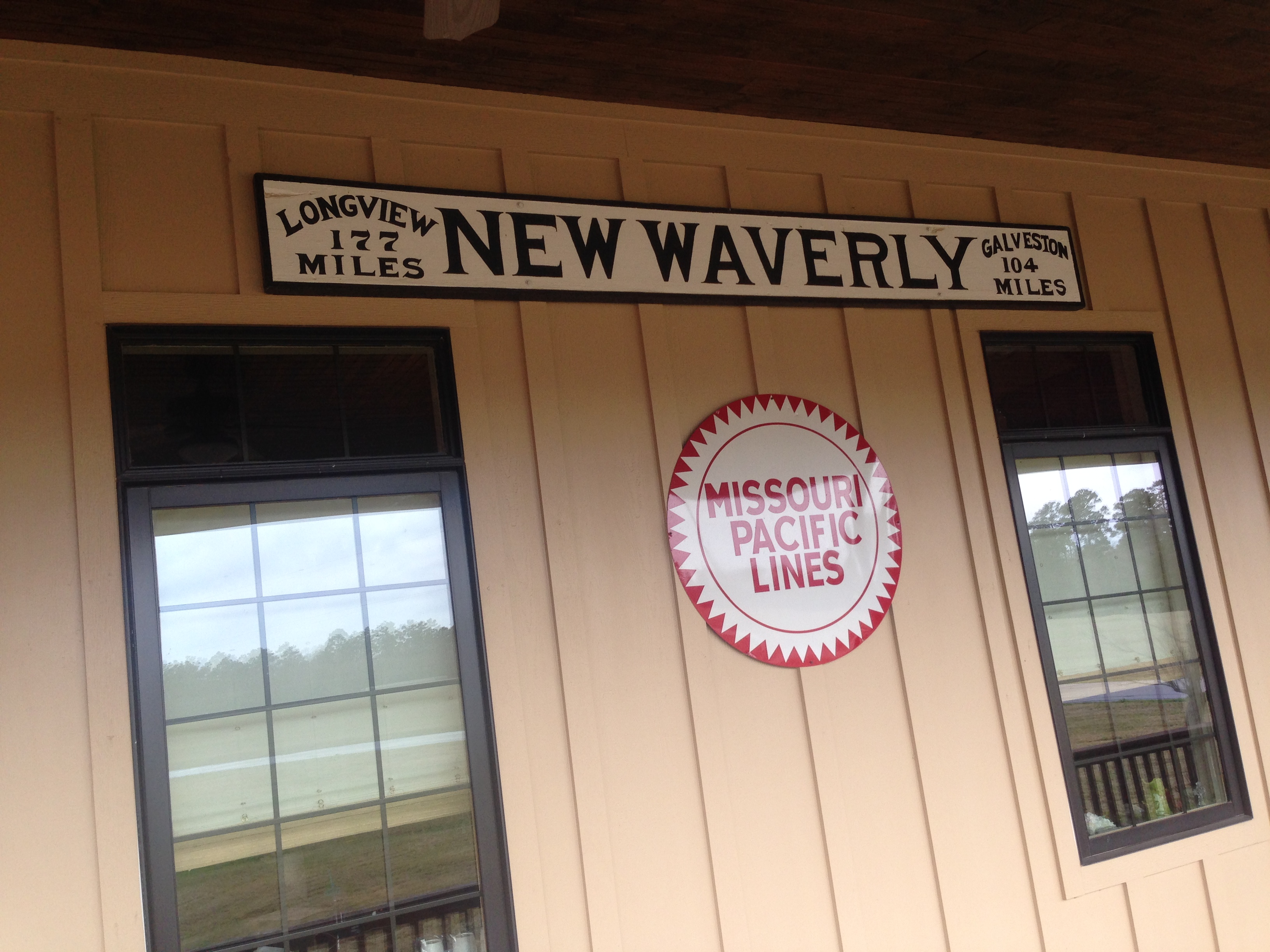
Community’s roots can be traced back to the Battle for Texas Independence
The area now known as “Old Waverly” was first settled in 1835 by the Winters family. James Washington Winters, born in Giles County, Tennessee, served in the Texas Revolution along with fellow area settler George A. Lamb. The pair fought with Col. Sidney Sherman’s Second Regiment, Texas Volunteers during the Battle of San Jacinto in which George Lamb was killed. After surviving the battle for Texas Independence, James Winters returned along with his family, settling along the banks of what is now known as Winter’s Bayou. By 1852, the community of Waverly, named after the writings of Sir Walter Scott, had grown to over 300 residents.
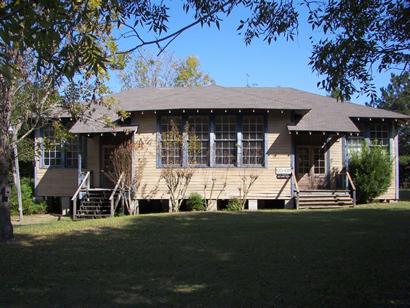
The first school opened in 1856 and the town had a post office in operation from 1855 through 1872. Storekeeper Meyer Levy, a Polish Jew and Civil War Veteran, led an effort to recruit new settlers from Poland. Soon after, the Houston and Great Northern Railroad approached the Waverly community with plans to extend tracks north through the region.
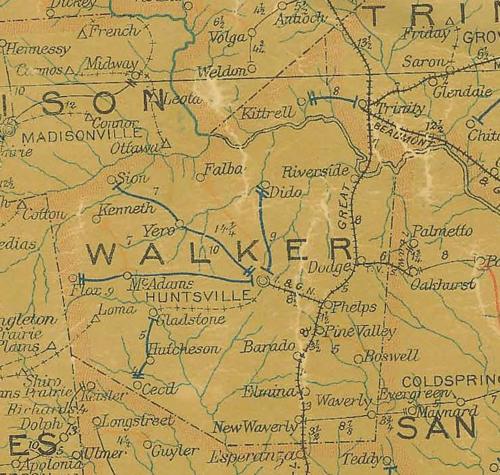
After failing to secure a right-of-way from the local residents, the rail extension was moved 10 miles to the west and “Waverly Station” was established in the center of what is now the City of New Waverly. Old Waverly’s population peaked at nearly 400 just before the turn of the century, and today all that is left is the cemetery, the Presbyterian Church and two historical markers.
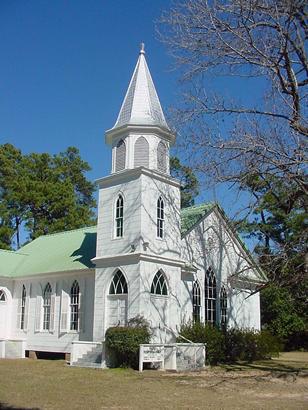
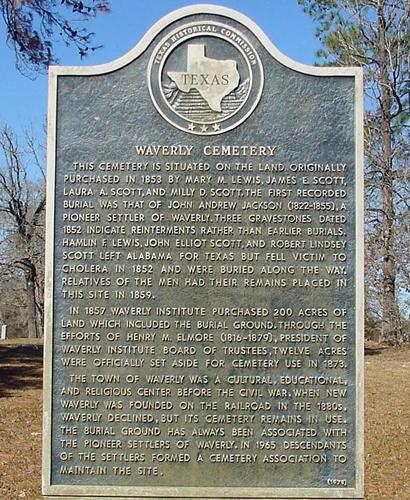
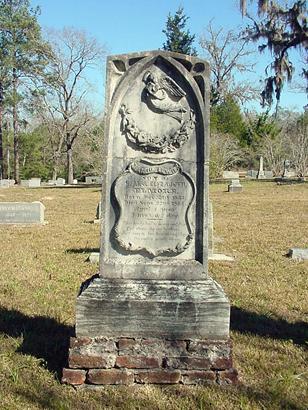
The area around Winter’s Bayou is still home to some descendants of the original settlers, but many new arrivals seeking to escape city life are building permanent and weekend homes. RVers can check out Old Waverly while they stay at “My Favorite Campground” bordering the bayou named after James Winters.
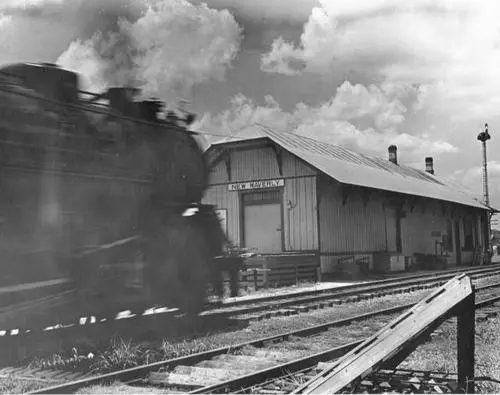
Waverly Station continued to grow and soon the town of New Waverly formed around the railroad, as a new wave of settlers moved into the area.
The first group of Polish immigrants recruited by Meyer Levy arrived in “New Waverly” in 1867 and were soon joined by many other Poles as news of a growing Texas Polish community spread back to Europe.
Most of the early settlers were men who worked as agricultural laborers for the land owners or for the railroad, but within a few years some purchased land in the area and began to build their own homes and families. Others worked in area sawmills as the lumber industry dominated the East Texas landscape during the late 19th century. By 1900, most of the farmland around New Waverly had been sold to the Polish immigrants and New Waverly became a hub for development of other Polish communities across Texas, including the communities of Anderson, Bremond, Brenham and Chapel Hill.
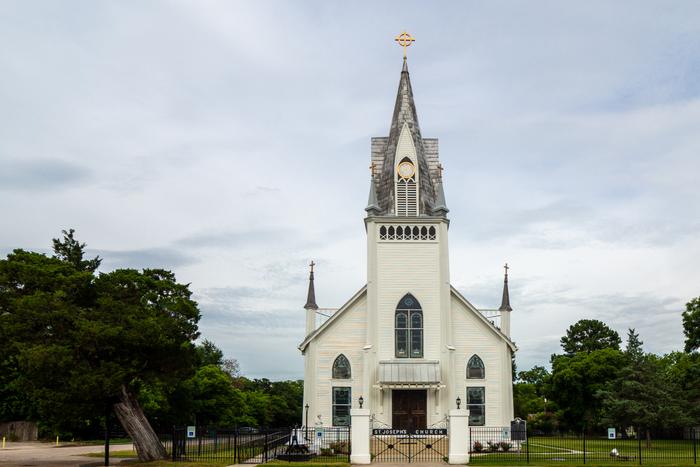
As early as 1867, the Reverend Felix Orzechowski, a priest serving as a missionary in Texas from the Congregation of the Resurrection, had begun visiting New Waverly to minister to the religious needs of the Poles living there. In 1869, he established St. Joseph’s Church as the first Polish Church in East Texas and the Church continued to serve the Polish community as they expanded to other parts of Texas.
The first Post Office was established in New Waverly in 1873 and by 1884, New Waverly had a population of 150 and seven general stores, four steam sawmills, two cotton gins, two saloons, and a gristmill. The community continued to grow, adding a boardinghouse, a restaurant, another gristmill, and two doctors by 1892, and a lumber company by 1896, when New Waverly reported a population of 250.
By 1914, the population had reached 500 and agricultural products and lumber were the main products produced locally and shipped throughout the country. The town soon boasted a bank, a telephone company, a hotel, and a newspaper, the New Waverly Post. Local churches included Baptist, Methodist, Presbyterian, and Catholic congregations.
Residents from New Waverly and the nearby Elmina Community consolidated their efforts in the early 20th century to form the New Waverly Independent School District.
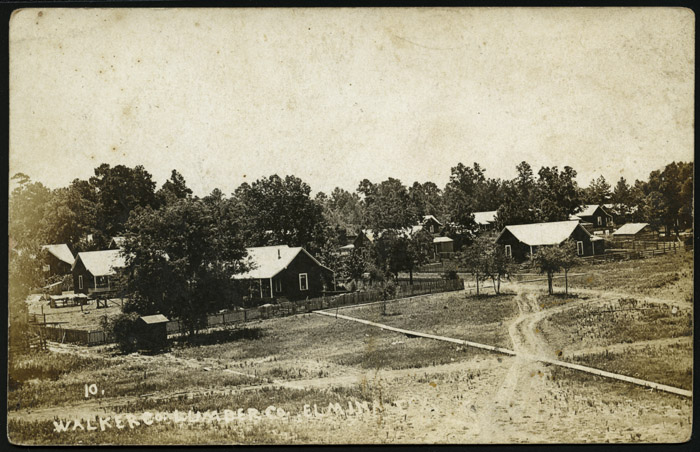
The Elmina Community was first established in 1870 as a “company town” at the site of what was later to become the Walker County Lumber Company, approximately one mile north of New Waverly. By the 1920s, Elmina had a population of approximately 200, with their own Post Office, hotel, drugstore, company store, movie house, church, schoolhouse and cemetery.
In 1949, New Waverly had a post office, a bank, eighteen other businesses, and a population of 410.
In 1952, New Waverly was incorporated as a general-law city, and soon after the town’s Volunteer Fire Department was established by a group of local residents.
By 1964 the town’s population had increased to 620, while the number of businesses had decreased to fourteen.
In 1982 New Waverly had a population of 824 and thirty-three businesses, and in 1990 it reported a population of 936. Around that time the largest employer in the vicinity was Louisiana-Pacific, a large lumber-manufacturing company located near the site of the original Elmina community.
Today, the City of New Waverly stands on the edge of a new wave of “settlers”, as new residents are building homes on land purchased from some of the descendants of the original immigrants. Large tracts of timber land and farms are either on the market or already under development for those seeking to escape the city life, while remaining within commuting distance of major employment centers such as Conroe, The Woodlands, and the greater Houston area. The population is growing everyday as community leaders and elected officials look to the future and make plans to sustain the local services and recreational opportunities that have always attracted people to the New Waverly area.
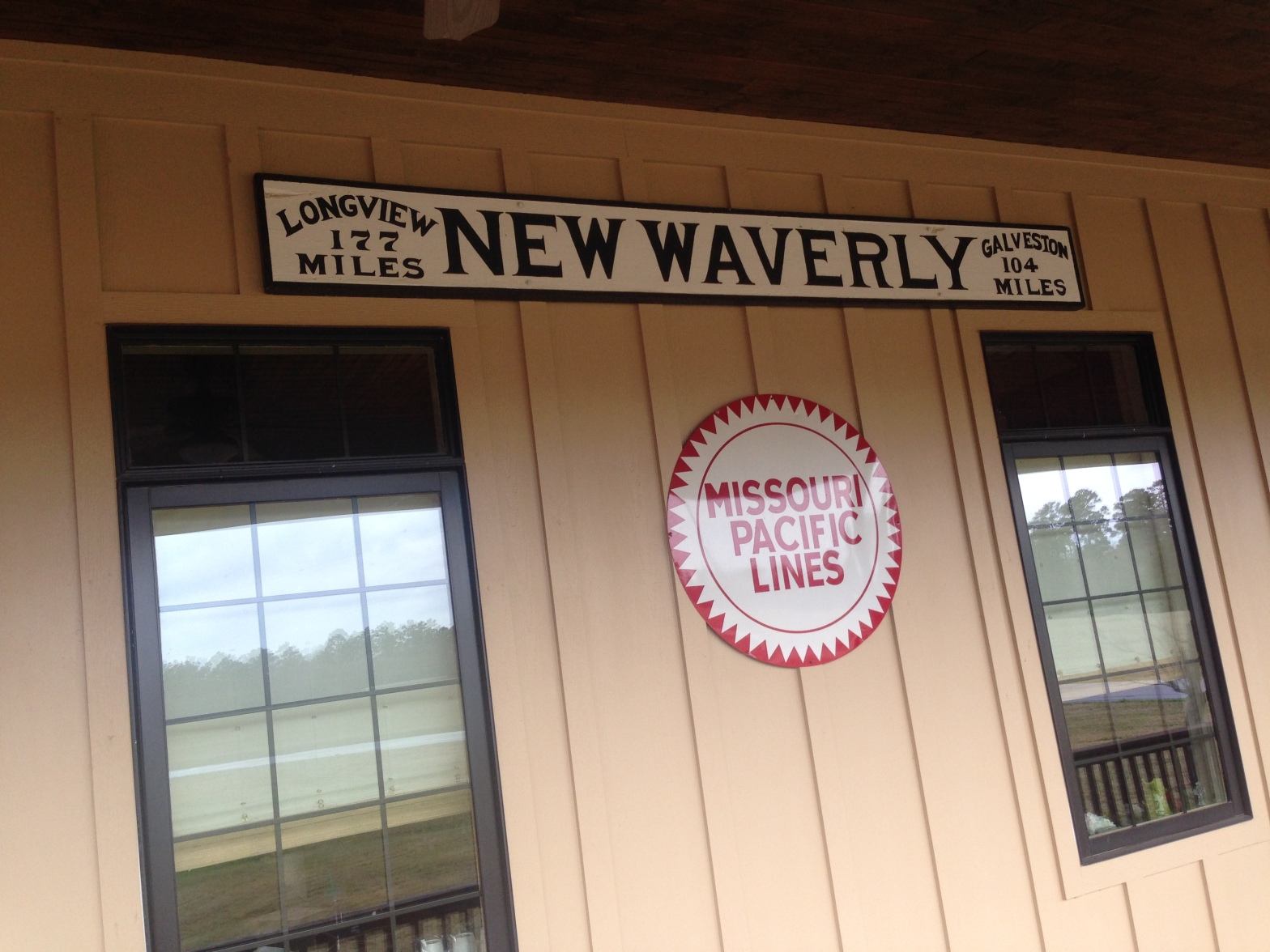
Hello, I am writing to ask if you can provide me the record where James Winters came from Alabama. While conducting family research at the Huntsville Library and records given by great aunt shows they walked from Giles County, Tennessee in 1832 after getting report from his two sons that built a log cabin and planted crops with help of the local native tribe. I am interested to see the Alabama record as I am continuing family research. Respectfully, Dennis Winters II
LikeLike
There is reference in TSHA archives to James W. Winters immigrating from Alabama in 1835, but records indicate he was born in Giles County, TN.
Here is one link.
https://www.tshaonline.org/handbook/entries/waverly-tx
LikeLike